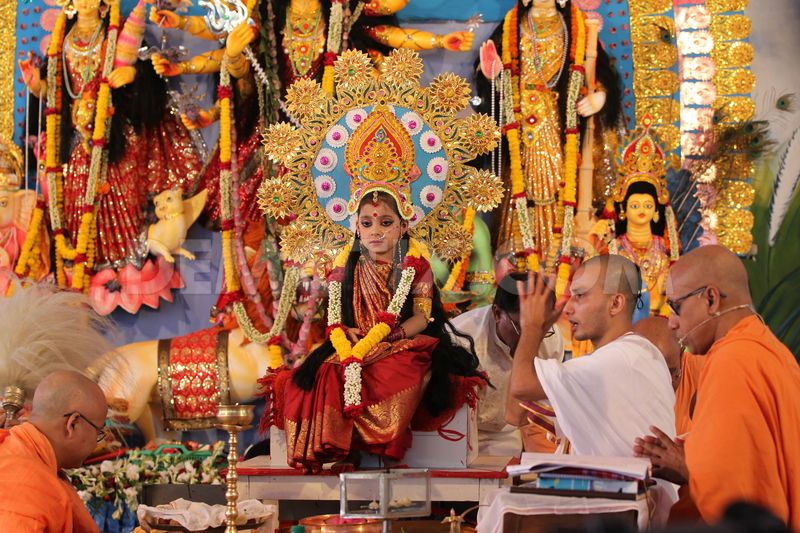Asia
Asia is the Earth's largest and most populous continent, located primarily in the eastern and northern hemispheres.
Though it covers only 8.7% of the Earth's total surface area, it comprises 30% of Earth's land area, and has historically been home to the
bulk of the planet's human population (currently roughly 60%). Asia is notable for not only overall large size and population, but unusually
dense and large settlements as well as vast barely populated regions within the continent of 4.4 billion people. Asia has exhibited economic
dynamism (particularly East Asia) as well as robust population growth during the 20th century, but overall population growth has since fallen
to world average levels.

History and Geography
History
The history of Asia can be seen as the distinct histories of several peripheral coastal regions: East Asia, South Asia, Southeast Asia and the
Middle East, linked by the interior mass of the Central Asian steppes.
The coastal periphery was home to some of the world's earliest known civilizations, each of them developing around fertile river valleys.
The civilizations in Mesopotamia, the Indus Valley and the Huanghe shared many similarities. These civilizations may well have exchanged
technologies and ideas such as mathematics and the wheel. Other innovations, such as writing, seem to have been developed individually in
each area. Cities, states and empires developed in these lowlands.
The central steppe region had long been inhabited by horse-mounted nomads who could reach all areas of Asia from the steppes.
The earliest postulated expansion out of the steppe is that of the Indo-Europeans, who spread their languages into the Middle East, South
Asia, and the borders of China, where the Tocharians resided. The northernmost part of Asia, including much of Siberia, was largely
inaccessible to the steppe nomads, owing to the dense forests, climate and tundra. These areas remained very sparsely populated.
Geography
Asia is the largest continent on Earth. It covers 8.8% of the Earth's total surface area (or 30% of its land area), and has the largest
coastline, at 62,800 kilometres (39,022 mi). Asia is generally defined as comprising the eastern four-fifths of Eurasia. It is located to the
east of the Suez Canal and the Ural Mountains, and south of the Caucasus Mountains (or the Kuma�Manych Depression) and the Caspian and
Black Seas.It is bounded on the east by the Pacific Ocean, on the south by the Indian Ocean and on the north by the Arctic Ocean.
Asia is subdivided into 48 countries, two of them (Russia and Turkey) having part of their land in Europe.
Diversity of people


Languages
Asia is home to several language families and many language isolates. Most Asian countries have more than one language that is natively
spoken. For instance, according to Ethnologue, more than 600 languages are spoken in Indonesia, more than 800 languages spoken in India,
and more than 100 are spoken in the Philippines. China has many languages and dialects in different provinces.
Religions
Many of the world's major religions have their origins in Asia. Asian mythology is complex and diverse. The story of the Great Flood for
example, as presented to Christians in the Old Testament, is first found in Mesopotamian mythology, in the Epic of Gilgamesh. Hindu
mythology tells about an Avatar of the God Vishnu in the form of a fish who warned Manu of a terrible flood. In ancient Chinese mythology,
Shan Hai Jing, the Chinese ruler Da Yu, had to spend 10 years to control a deluge which swept out most of ancient China and was aided by
the goddess N�wa who literally fixed the broken sky through which huge rains were pouring.


Indian and East Asian religions
Almost all Asian religions have philosophical character and Asian philosophical traditions cover a large spectrum of philosophical thoughts
and writings. Indian philosophy includes Hindu philosophy and Buddhist philosophy. They include elements of nonmaterial pursuits, whereas
another school of thought from India, Carvaka, preached the enjoyment of the material world. The religions of Hinduism, Buddhism, Jainism
and Sikhism originated in India, South Asia. In East Asia, particularly in China and Japan, Confucianism, Taoism and Zen Buddhism took
shape.






